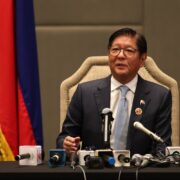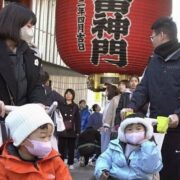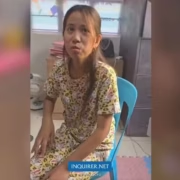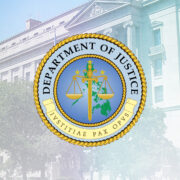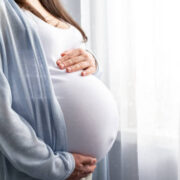Primary sources on the Aquino assassination
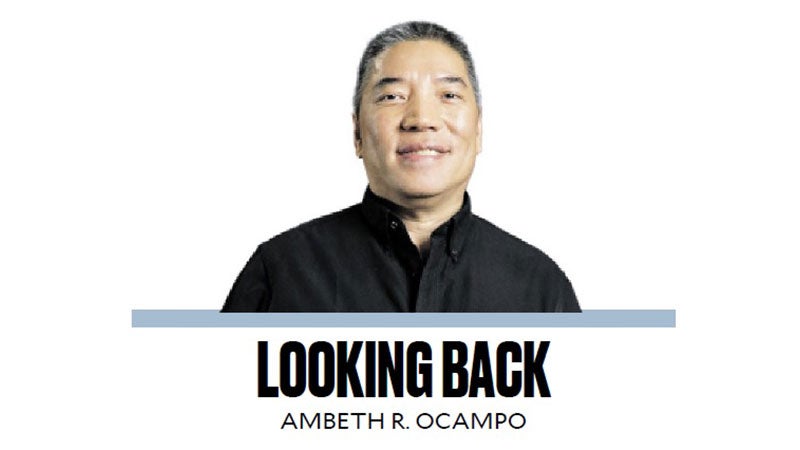
A historian writing on the assassination of Benigno “Ninoy” Aquino Jr. will not want for primary source material from the period. Much of it was published as a special supplements to Mr. & Ms. Magazine under Eugenia Apostol and Letty Jimenez-Magsanoc that later morphed into what is today’s Philippines Daily Inquirer. However, four decades since the assassination, questions surrounding the event linger unanswered. For today’s column, I re-read Ken Kashiwahara’s “Aquino’s Final Journey” published in the New York Times on Oct. 16, 1983. One of many first-hand accounts, this one by an ABC News correspondent based in San Francisco stands out simply because Kashiwahara was Ninoy’s brother-in-law.
His account opens on the morning of Aug. 21, 1983, in Taipei, describing Ninoy in a cream-colored safari suit with a patch bearing his initials, “BSA.” At some point, he even joked that people would misread the initials for “Boy Scouts of America.” Ninoy had taken all precautions to avoid detection from his United States departure to the layover in Taiwan. He carried two false passports: one acquired in the Middle East, under the name Marcial Bonifacio [the first name for martial law, the surname for the military camp where he was detained prior to being allowed to leave for the US to undergo heart surgery]; the other, a blank Philippine passport provided by a friend that he filled out manually with his real name. The article has many details of the flight, concluding with Ninoy being taken by three soldiers, taken down the service stairs to the tarmac instead of the tube to the airport:“Then, nine seconds after Ninoy went out the door, we heard the first shot. There was instant pandemonium. Everyone rushed harder, trying to get the door open. Four seconds later, we heard three more shots. The jetway was filled with shouts. Then there was a burst of automatic-rifle fire … by the time I fought my way to the window, Ninoy’s body was gone. The soldiers had lifted him into the blue van and driven off, I was told. There was only a body dressed in blue on the tarmac.”There were no identification cards on the alleged assassin who lay dead on the tarmac. According to reports, John Doe was identified as Rolando Galman based on the name conveniently written on his underwear. Documents on assassination from the government Fact Finding Board and compiled and published by Mr. & Ms. provide so much more graphic details including autopsy reports and reenactments. Four decades later, one would wish that more confidential government records have been found and declassified like the US Central Intelligence Agency’s “Special National Intelligence Estimate 56-83.” This report is based on information available as of Sept. 15, 1983, supplied by the Central Intelligence Agency, Defense Intelligence Agency, National Security Agency as well as intelligence organizations of the US Departments of State and the Treasury. The document previously redacted but released in 2009 provides the US estimate on the political economic repercussions in the wake of the assassination. Philippine National Assembly elections were scheduled in May 1984 and Aquino’s return was timed to develop a viable opposition to Marcos. Then there was a planned Manila visit for US President Ronald Reagan. The economic aspect underlies everything:
“Benigno Aquino’s assassination in Manila on Aug. 21, 1983 has triggered new concerns both in the United States and abroad about the Philippines’ near-term political stability. US security interests go beyond concern about access to Subic Bay Naval Base and Clark Airfield. US commercial banks have some $6 billion in loans outstanding to the country and US private investment totals $1.6 billion.”Key points in the report were that the assassination shook government credibility and stability thus affected its economic position:“The assassination could sour the government’s already shaky external financial position, resulting in payments arrearages on the $23 billion foreign debt. Even if the government handles financial decisions adroitly during the next six to nine months foreign debt rescheduling now appears likely.”
Manila was foreseen to: “intensify its recent efforts to obtain emergency balance-of-payments assistance from Washington even though senior government officials, including Imelda Marcos, have already been told that Manila does not qualify for some forms of assistance.”
A boxed item “Who Shot Aquino?” briefly outlined three theories that could not be confirmed by evidence. First, who from Ninoy’s “numerous economic rivals or political enemies from Tarlac” ordered the hit? Second, the Communist New People’s Army did him in to discredit the Marcos government. Third, the hit came from within the government itself, “a senior government official, possible one with access to the First Lady or President Marcos, orchestrated Aquino’s death unilaterally in the belief it would serve the President’s interests.” The conclusion was that “at this juncture, the Intelligence Community cannot make a judgment about who bears ultimate responsibility.”
Four decades later, we are still left in the dark.
Ambeth is a Public Historian whose research covers 19th century Philippines: its art, culture, and the people who figure in the birth of the nation. Professor and former Chair, Department of History, Ateneo de Manila University, he writes a widely-read editorial page column for the Philippine Daily Inquirer, and has published over 30 books—the most recent being: Martial Law: Looking Back 15 (Anvil, 2021) and Yaman: History and Heritage in Philippine Money (Bangko Sentral ng Pilipinas, 2021).




